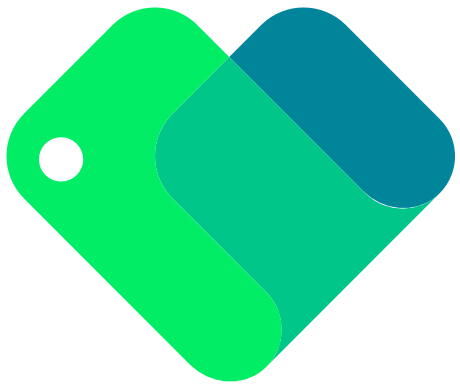Enhancing iOS WebView Apps with Custom Status Bar Color and Dynamic JavaScript Integration Using WebViewGold

Creating a seamless user experience for your app often requires attention to the finer details, such as customizing the status bar color and integrating dynamic JavaScript functions. If you’re working with an iOS WebView app, WebViewGold comes to the rescue as a quick and simple solution to convert websites into apps easily while providing these crucial enhancements.
Customizing the Status Bar Color
The status bar is a pivotal part of any iOS application, offering important visual cues and aiding navigation. By default, the status bar adopts the color scheme of the device or the app’s theme, but for a more polished look, customizing it can make a significant difference.
With WebViewGold, this process is streamlined. Here’s how you can personalize the status bar color:
1. **Open Your Project in Xcode:** After converting your website into a WebView app using WebViewGold, open your project in Xcode.
2. **Modify the Status Bar Settings:** Navigate to the ‘Info.plist’ file and add the `UIViewControllerBasedStatusBarAppearance` key with a value of `NO`. This setting allows you to manage the status bar appearance directly through your code.
3. **Set the Desired Color:** Use Swift or Objective-C to set the status bar style. For example, you can implement the following code snippet in your `AppDelegate` or main view controller class:
“`swift
if #available(iOS 13.0, *) {
let statusBar = UIView(frame: (UIApplication.shared.windows.first?.windowScene?.statusBarManager?.statusBarFrame)!)
statusBar.backgroundColor = UIColor.red // Choose your color
UIApplication.shared.windows.first?.addSubview(statusBar)
} else {
let statusBar = UIApplication.shared.value(forKey: statusBar) as? UIView
statusBar?.backgroundColor = UIColor.red // Choose your color
}
“`
Integrating Dynamic JavaScript Functions
A powerful feature of WebViewGold is its robust support for integrating JavaScript. This enables you to create dynamic and interactive features easily, extending the functionalities of your web-based app.
1. **Setup JavaScript in Your Web App:** Ensure that your web app has the necessary JavaScript functions you want to call from within the iOS app.
2. **Calling JavaScript from Swift:** WebViewGold simplifies calling JavaScript from Swift. You can use the `evaluateJavaScript` method provided by WKWebView. For instance, if you have a JavaScript function `myFunction()` on your web page, you can call it like this:
“`swift
let webViewConfiguration = WKWebViewConfiguration()
let webView = WKWebView(frame: .zero, configuration: webViewConfiguration)
webView.evaluateJavaScript(myFunction()) { (result, error) in
if let result = result {
print(JavaScript returned: \(result))
} else if let error = error {
print(JavaScript error: \(error.localizedDescription))
}
}
“`
3. **Using Message Handlers:** WebViewGold supports message handlers, allowing for more complex interactions between the web content and native code. Implement a script message handler to listen for events or data sent from JavaScript:
“`swift
class ViewController: UIViewController, WKScriptMessageHandler {
func userContentController(_ userContentController: WKUserContentController, didReceive message: WKScriptMessage) {
if message.name == scriptHandler {
print(JavaScript message received: \(message.body))
}
}
}
let contentController = WKUserContentController()
contentController.add(ViewController(), name: scriptHandler)
let config = WKWebViewConfiguration()
config.userContentController = contentController
let webView = WKWebView(frame: self.view.bounds, configuration: config)
“`
Why Choose WebViewGold?
